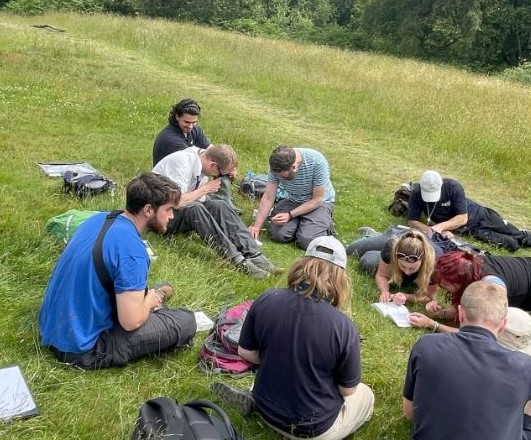Grassland survey window is open – why accurately defining the baseline is key to maximising positive BNG outcomes
June 2024
Grassland survey window is open – why accurately defining the baseline is key to maximising positive BNG outcomes
Biodiversity Net Gain (BNG) is now a core part of ecological site appraisal. On some sites it can be challenging to achieve a positive BNG outcome and that is particularly the case for sites which comprise a grassland baseline. This is because grassland is a higher value habitat compared to, say, arable. However, there are a broad range of grassland types and the baseline value of a site can vary greatly depending on the grassland type present. The higher the baseline, the more difficult it may be to achieve a positive BNG outcome.
Accordingly, it is particularly important that the grassland type and its ‘condition’ are accurately defined. This requires a good botanical knowledge and fortunately at Aspect Ecology we have always placed botany at front and centre of the core skill set we train our ecologists in, rather than seeking to send them down faunal only specialisation routes. As such, our ecologists are well placed to carry out BNG Assessments.
To ensure our team maintains the necessary botanical skills to carry out these surveys, we recently ran a series of internal training events at a number of local grassland sites in Oxfordshire. These focused on the distinction between non-Priority and Priority habitat types (those typically of most importance) including lowland meadow, calcareous grassland and acid grassland, recognising key indicator species and sward types.
We are now in the optimum season for the majority of grassland surveys (June and July). Survey at this time will most readily define baseline values, while this season also allows for high resolution surveys and micro-mapping of grassland type distribution, which can be important in some instances.
Follow Aspect Ecology on LinkedIn for all our latest news LinkedIn Page


